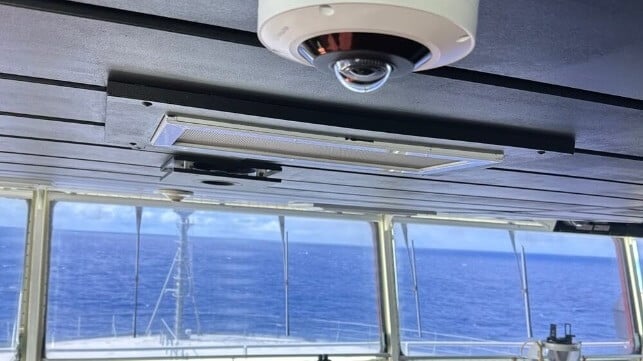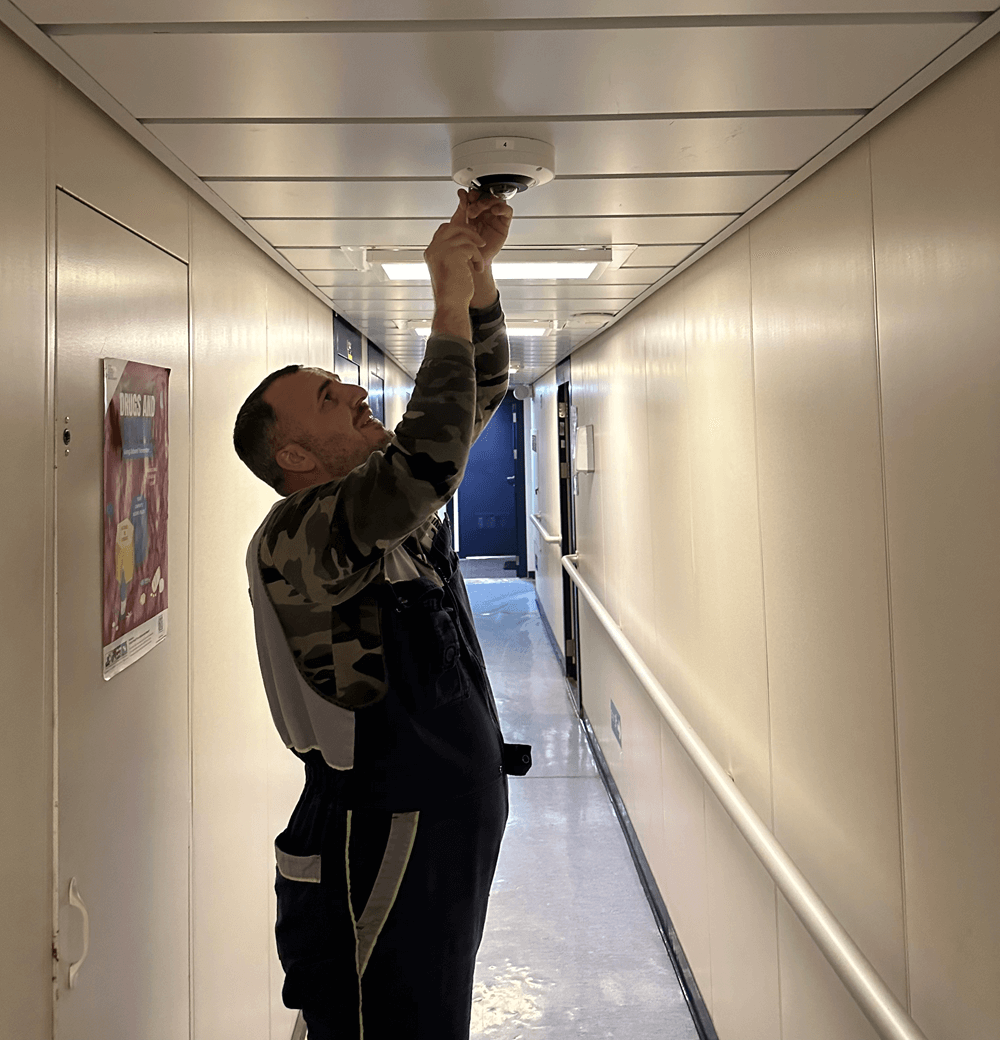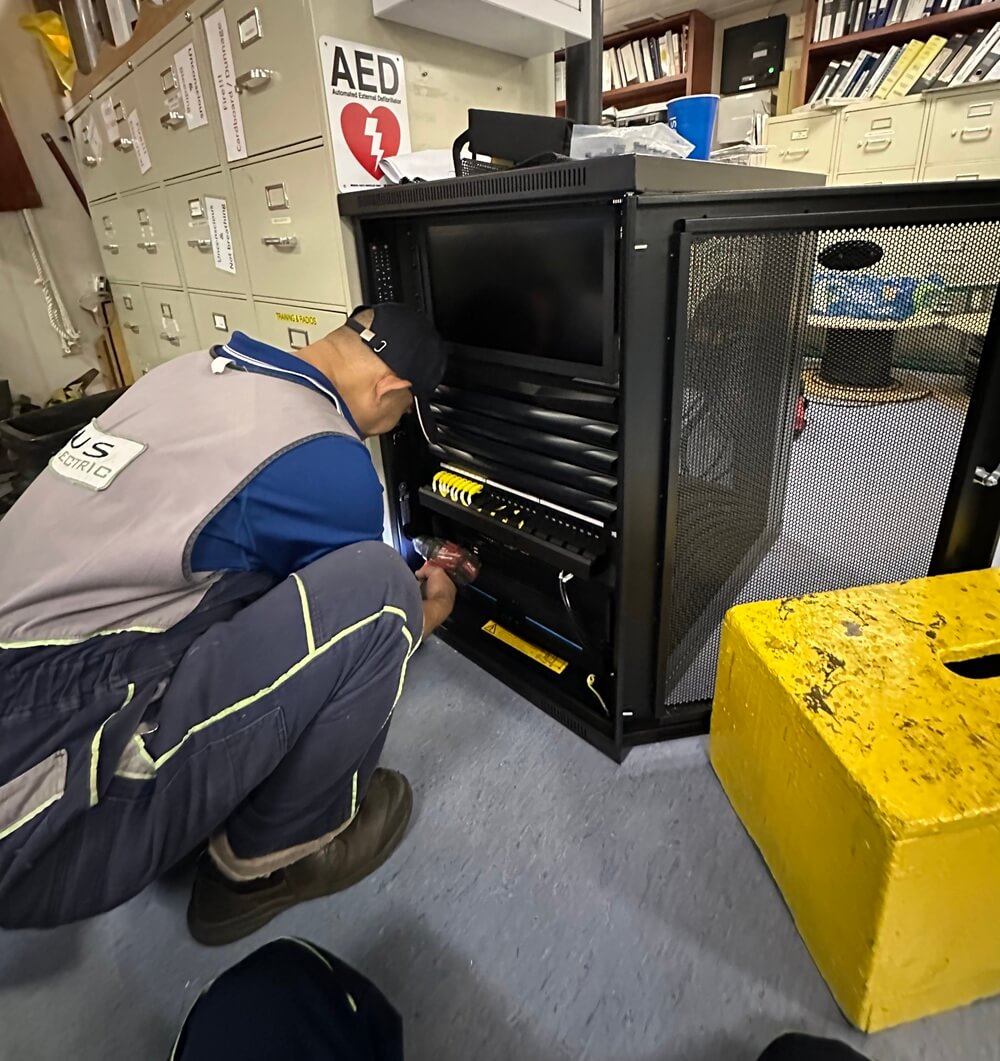Raising the Bar for Maritime Safety: Implementing SASH/CCTV Systems at Sea

The maritime industry is experiencing significant changes in safety and compliance standards due to the implementation of the Safer Seas Act (SSA) in December 2022. This legislation focuses on addressing incidents of sexual assault and sexual harassment (SASH). It requires the installation of video and audio surveillance systems on certain vessels to improve safety and accountability.
This legislative development brings challenges and opportunities for shipowners, operators, and maritime professionals. As vessels adjust to comply with these requirements, adopting surveillance systems is crucial to creating safer environments at sea.
Understanding the SSA and Its Impact
The SSA, which is part of the National Defense Authorization Act for Fiscal Year 2023, specifies the criteria for vessels that are required to install surveillance systems. These criteria include:
- Documented vessels that provide overnight accommodations for at least 10 individuals on voyages that extend 600 miles or more beyond the Boundary Line.
- Commercial vessels that are 500 gross tons or more engaged in international voyages.
- Vessels operating for at least 72 hours in waters above the Outer Continental Shelf.
These requirements indicate a transition in maritime safety, highlighting technology's importance in enhancing crew welfare and ensuring operational accountability.
The Role of Surveillance Systems in Safety
Surveillance systems deter inappropriate behavior, promote transparency, and provide critical evidence for resolving incidents. By continuously monitoring passageways, staterooms, and other vital areas, these systems serve as a proactive measure to protect crew members and maintain a culture of accountability.
Beyond compliance, these systems offer broader operational benefits. Enhanced visibility into onboard activity can assist in security operations, support maintenance checks, and optimize resource allocation on larger vessels.

Ion Popa from US Electric
Lessons from the Field: Installing SASH/CCTV Systems at Sea
One recent example of adapting to these regulations occurred during installing a SASH/CCTV system on the M/V Jean Anne, a roll-on/roll-off vessel serving the Hawaii-Mainland route. The project, conducted during an active voyage, presented unique challenges:
- Technical Integration: Retrofitting an existing vessel required meticulous planning to route cables efficiently and use existing infrastructure.
- Environmental Constraints: Working at sea meant overcoming physical challenges like vibrations and limited workspace while ensuring safety.
Despite these challenges, the project demonstrated the industry's ability to adapt and deliver cutting-edge safety solutions.
Seamless Installation
Our SASH CCTV systems can be installed during various periods:
- In Port: Quick and efficient installation without disrupting ongoing operations.
- In Shipyard: Ideal for vessels undergoing maintenance or refitting.
- Underway: Many installations can be completed while the vessel is at sea, ensuring minimal downtime.

Basheer Mohamed Khair from US Electric
Looking Ahead: Opportunities and Considerations
As more vessels adopt SASH/CCTV systems, the maritime industry has an opportunity to lead the way in creating safer workplaces. However, this evolution requires collaboration between shipowners, regulatory bodies, and service providers.
Critical considerations include:
- Ensuring systems meet technical specifications for high-resolution video and audio quality.
- Training crews on the systems' usage and maintenance.
- Proactively planning installations during maintenance periods to minimize disruption.
The industry can fully embrace this shift by addressing these challenges and reinforcing its commitment to safety and compliance.

Rong Suwannapetch from US Electric
A Call to Action for the Industry
Implementing SASH/CCTV systems is more than a compliance requirement; it is a chance to set new standards for safety and accountability. As the maritime sector continues to evolve, embracing technology and fostering a culture of transparency will pave the way for a safer and more inclusive future.
For more information, visit https://www.uselectric.com/media-center.
This article is sponsored by US Electric.
The opinions expressed herein are the author's and not necessarily those of The Maritime Executive.
